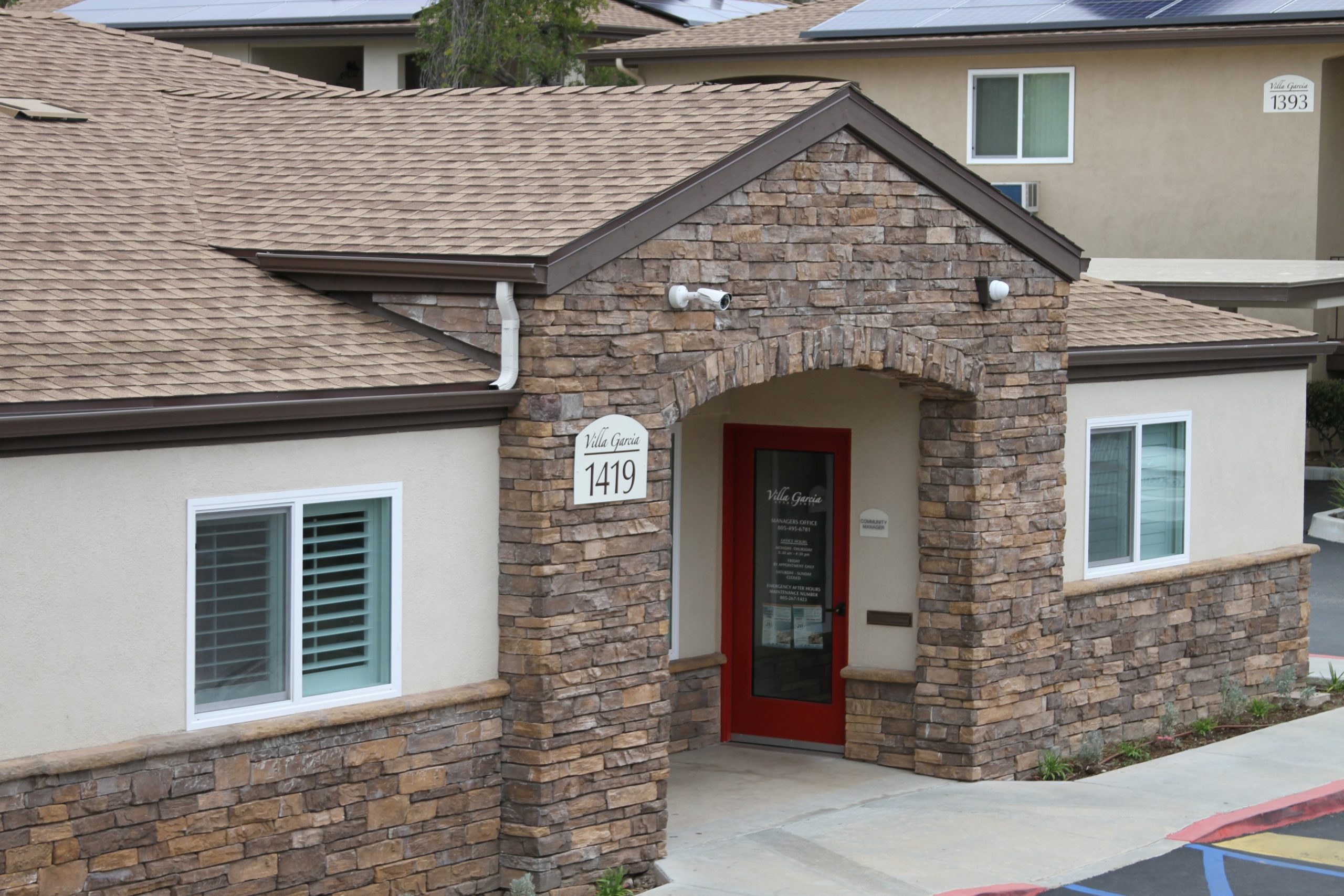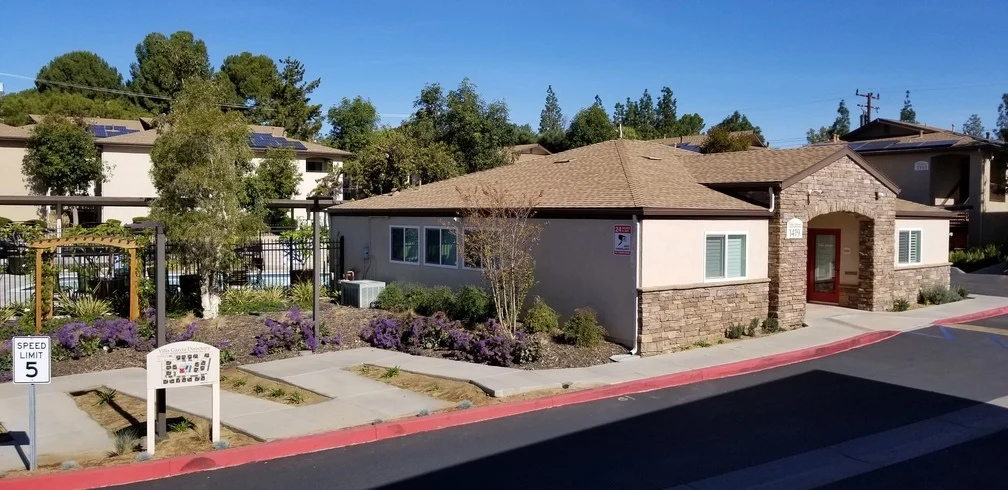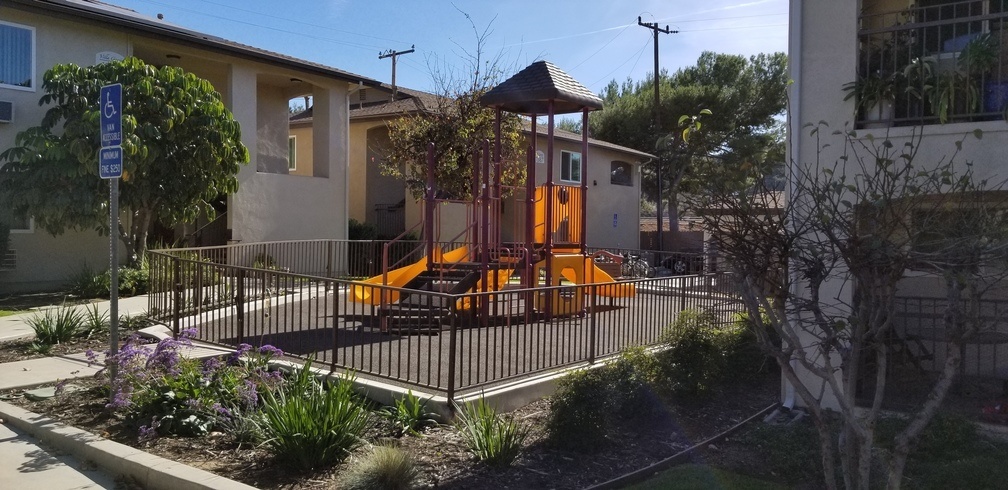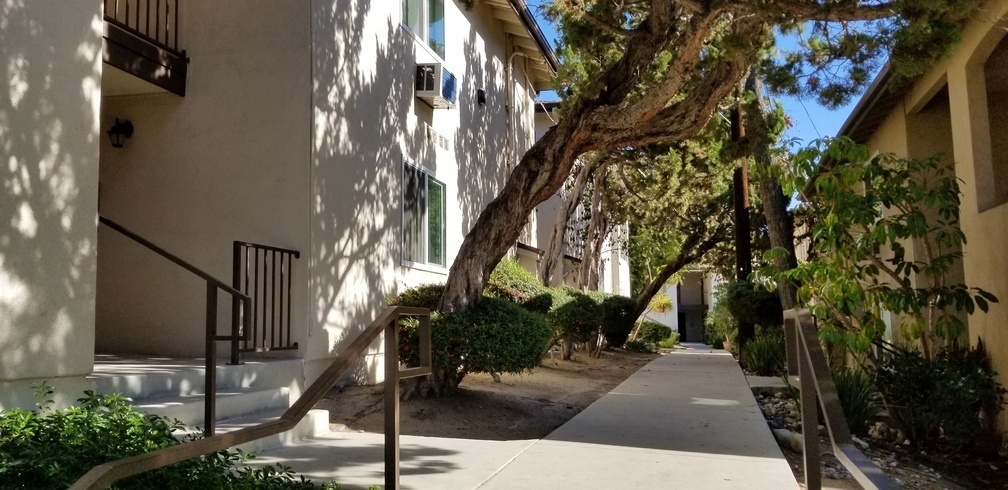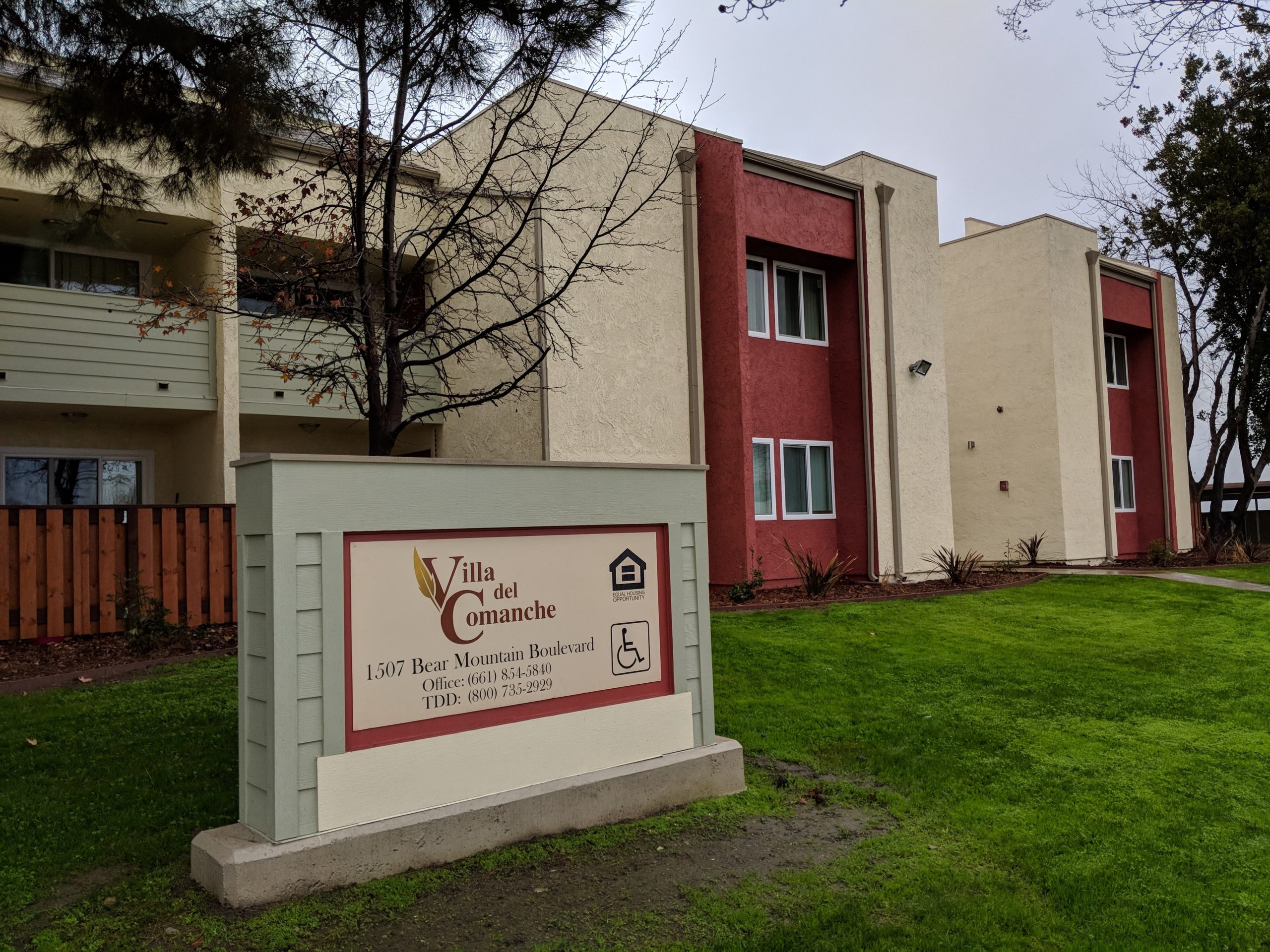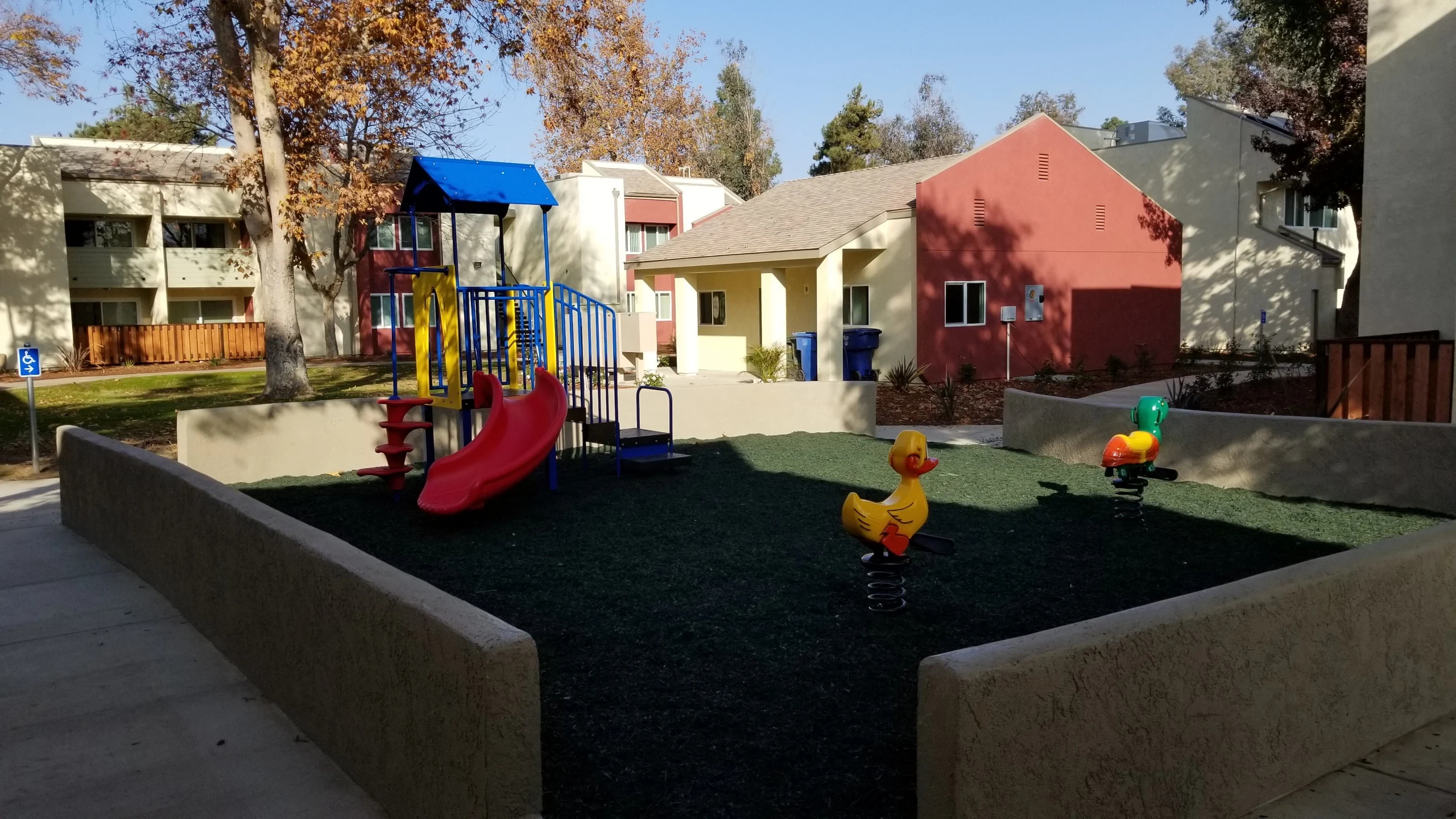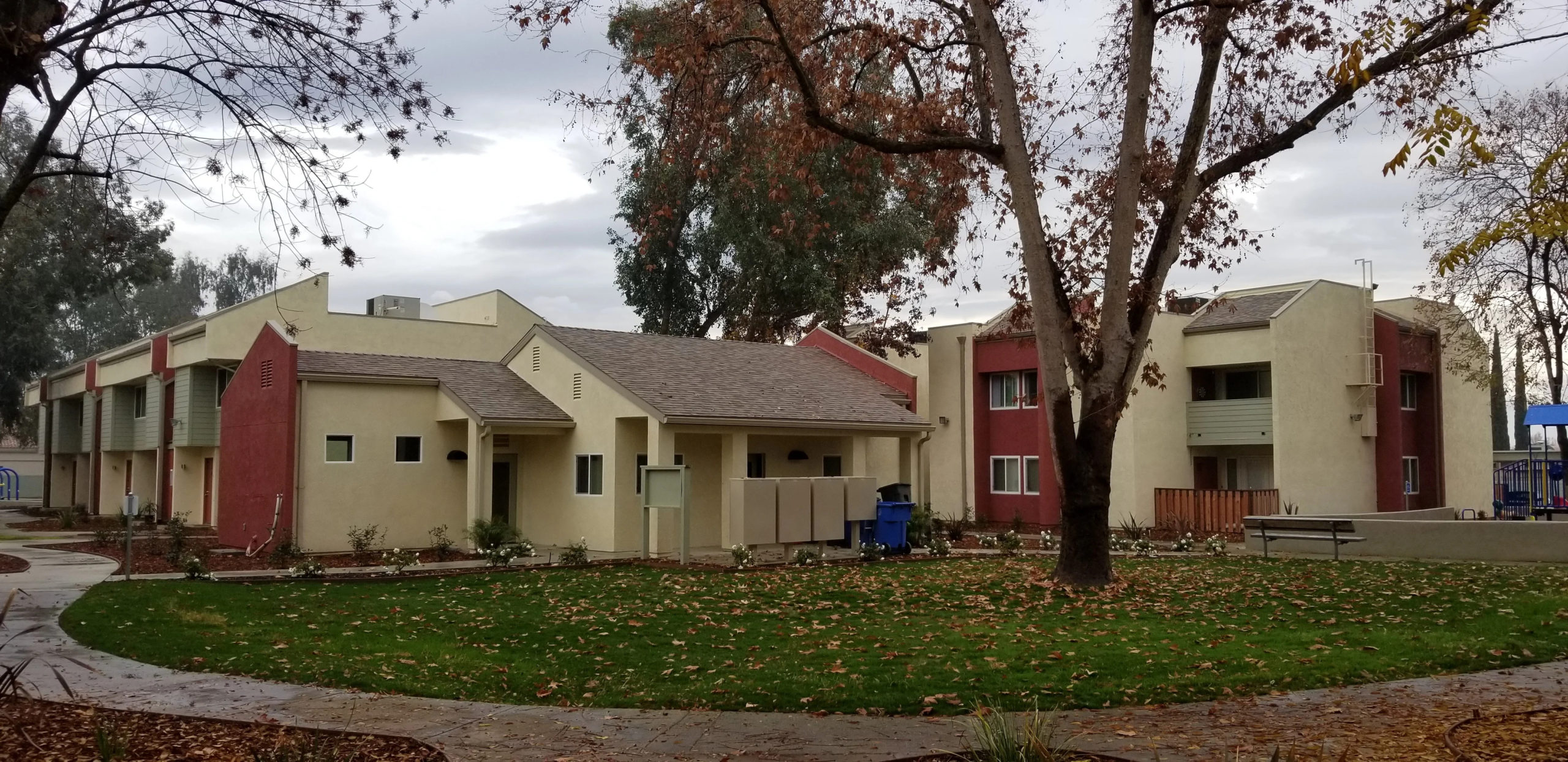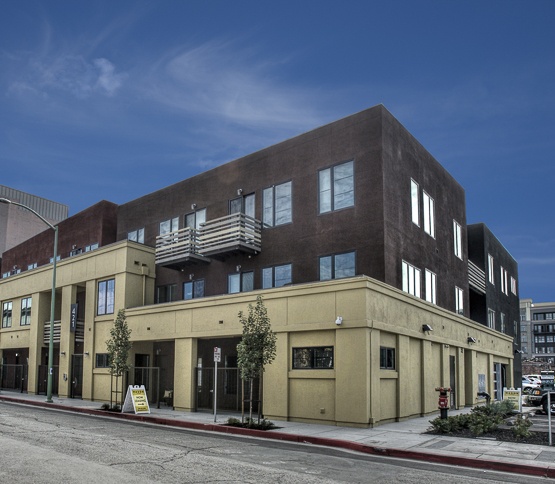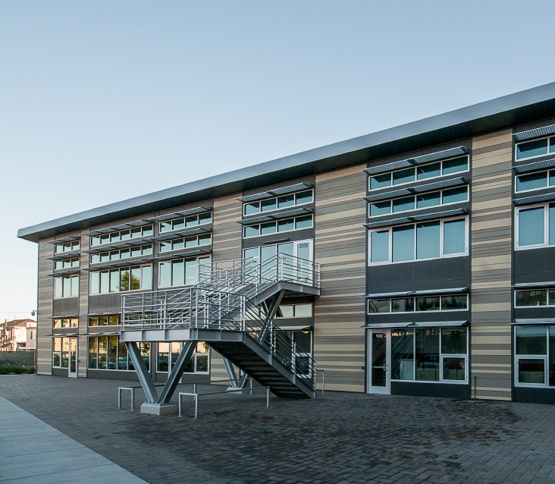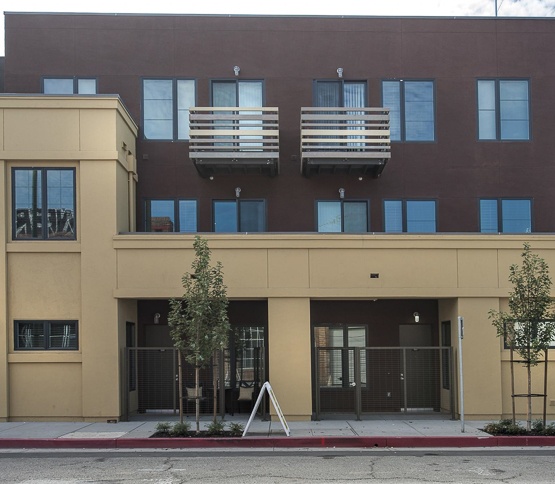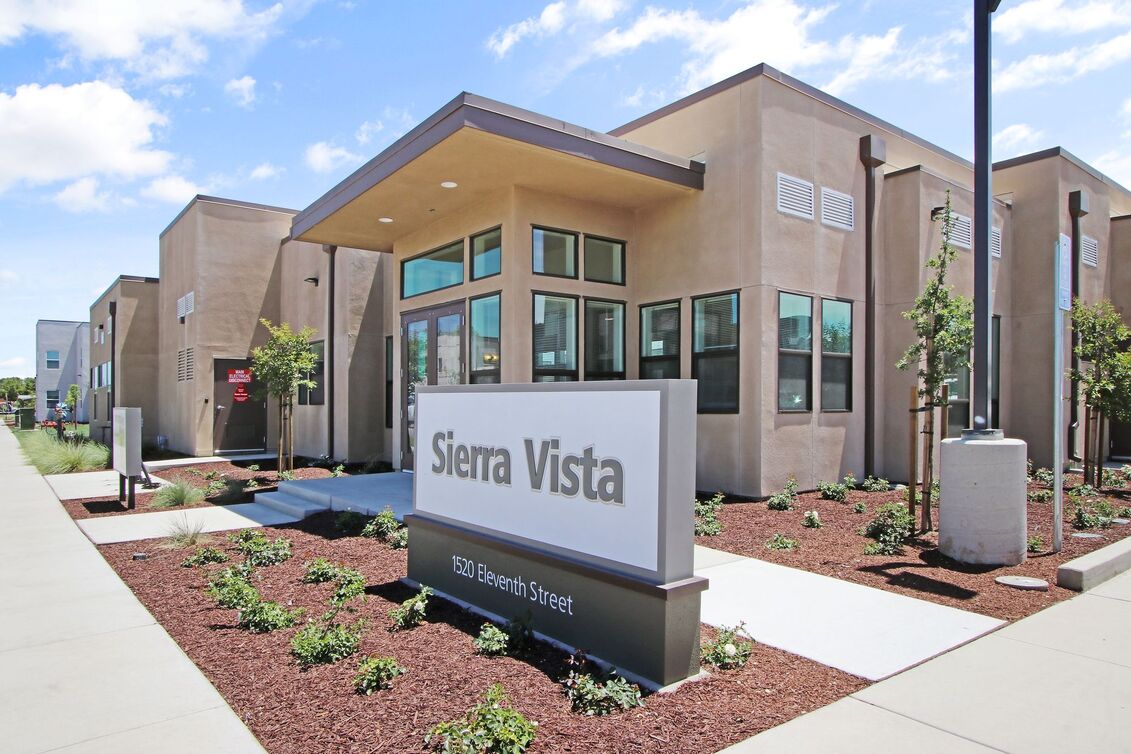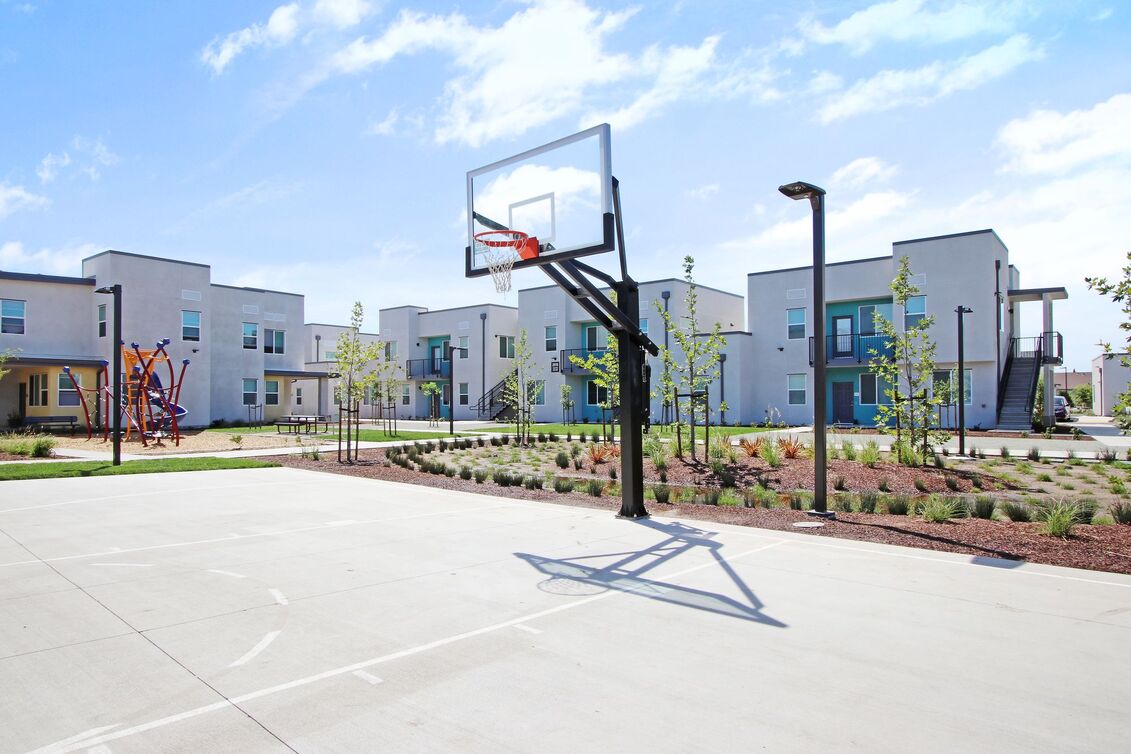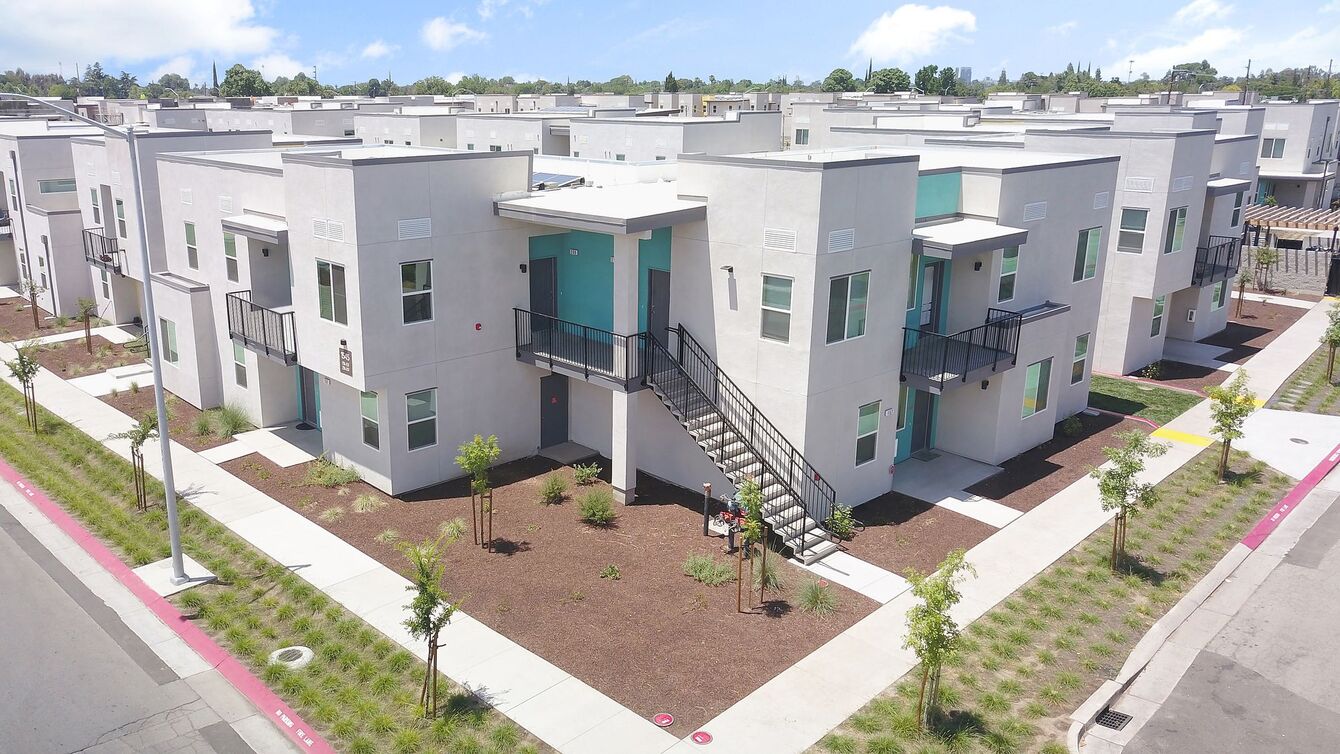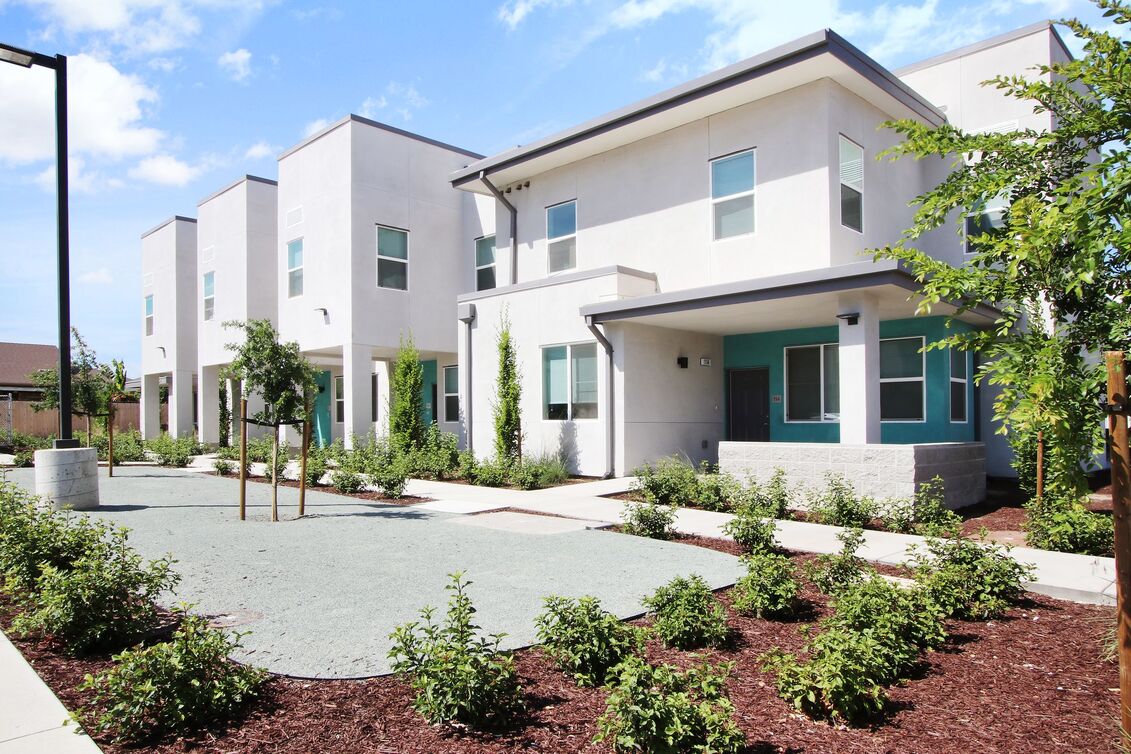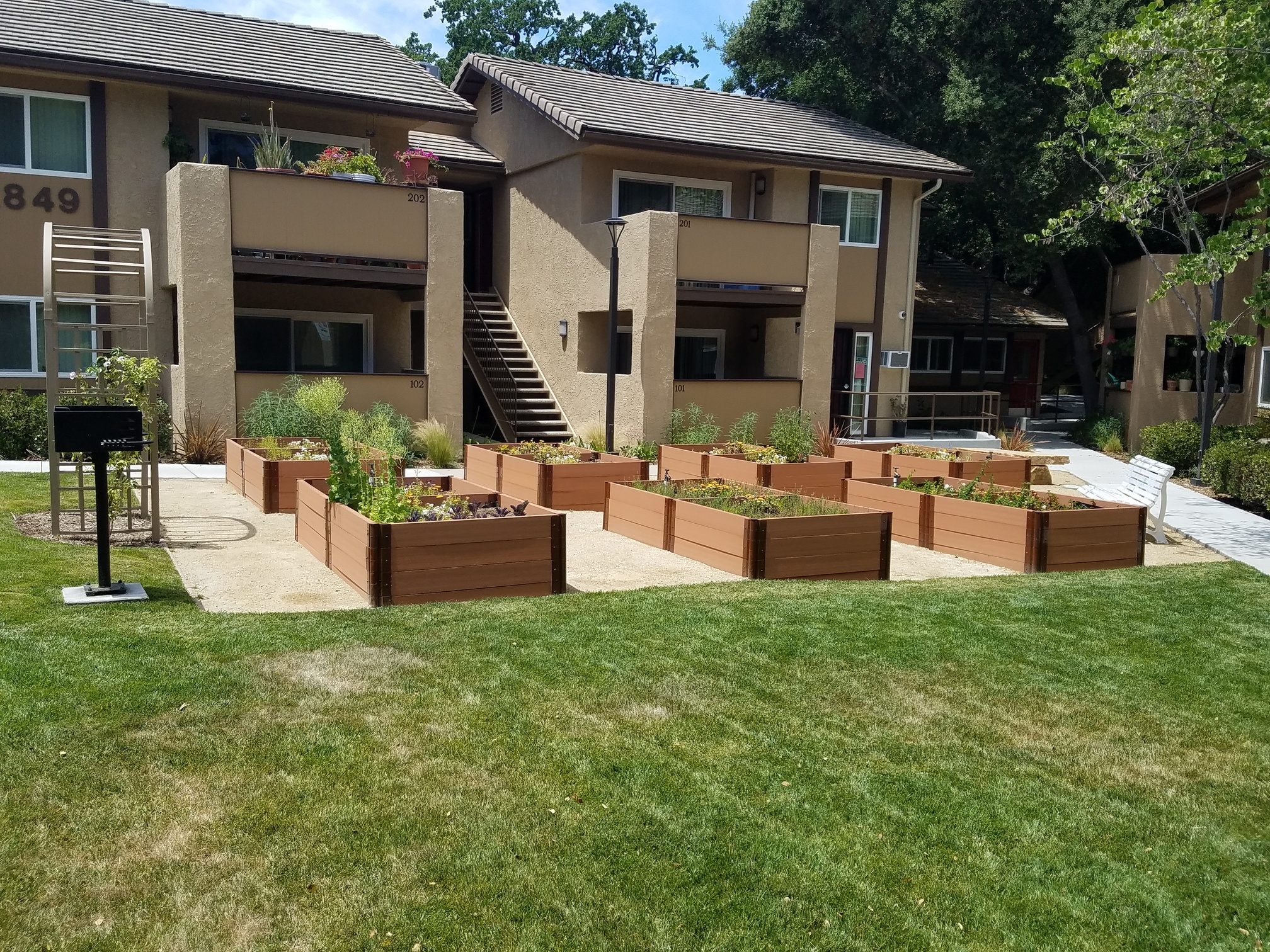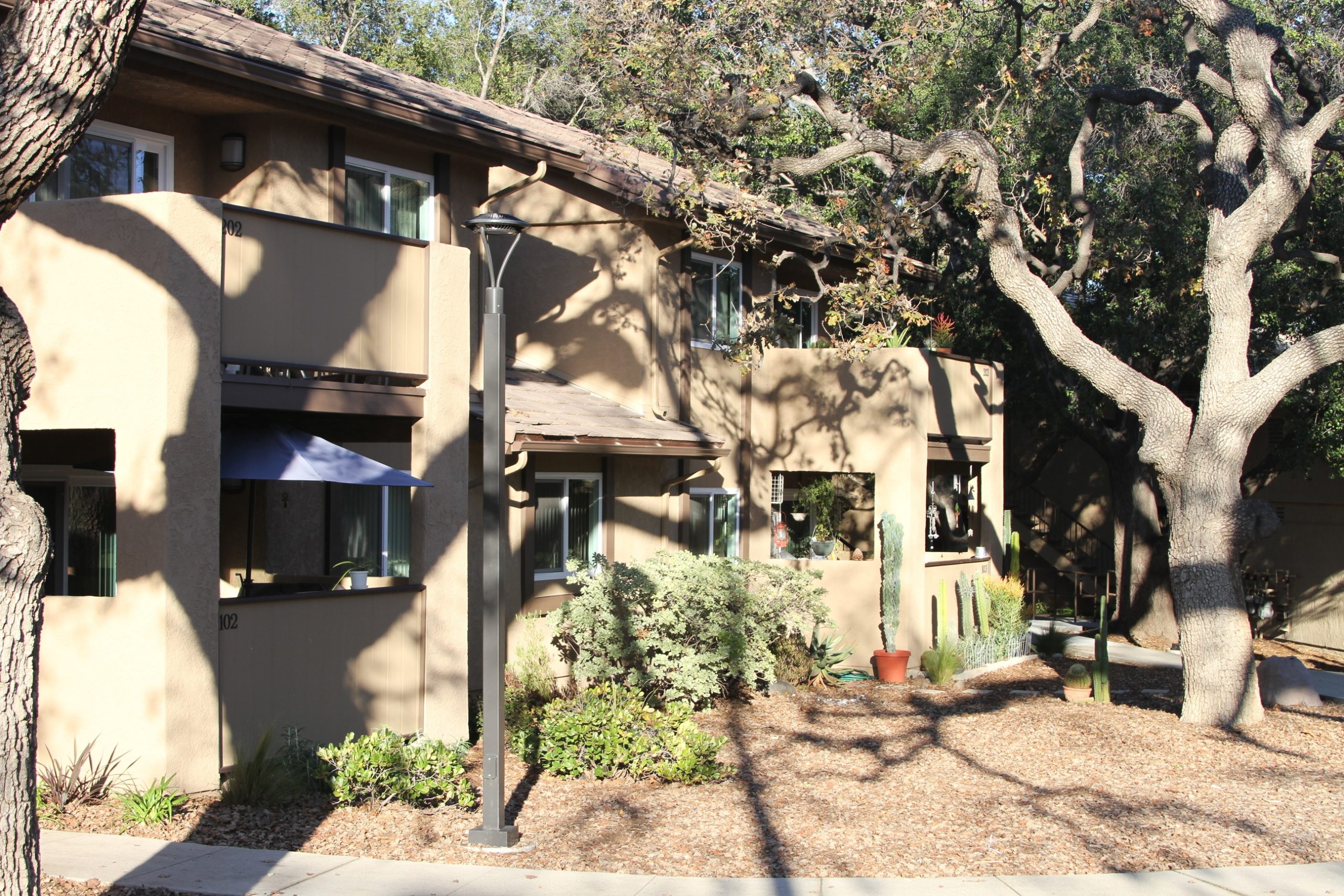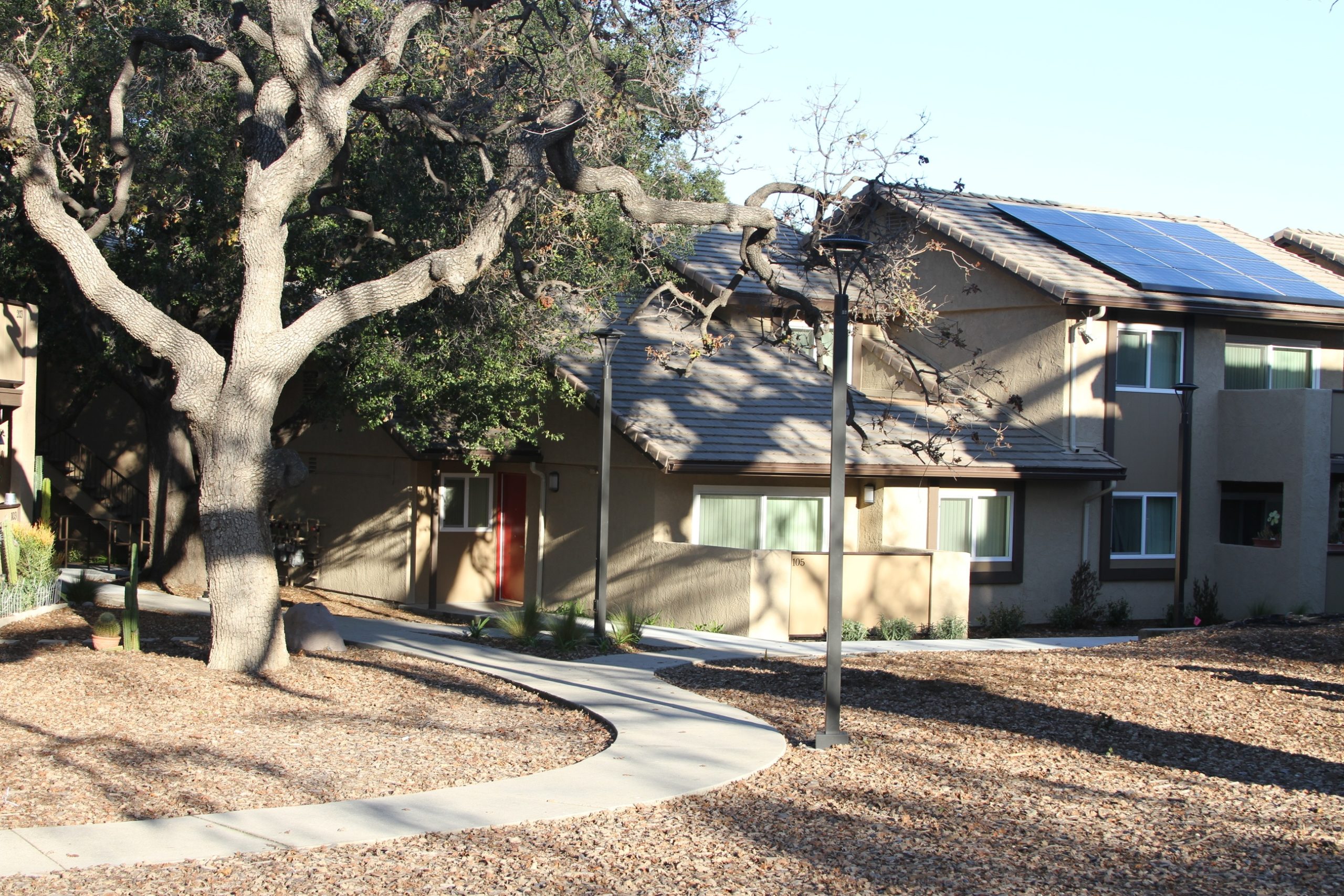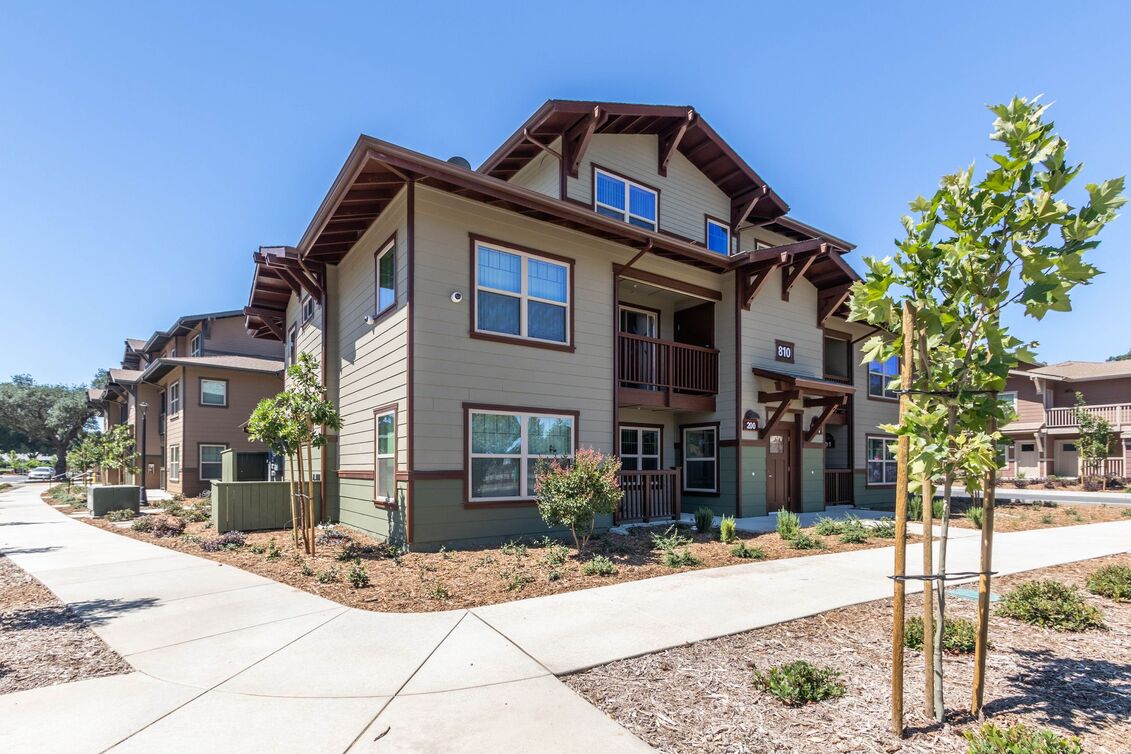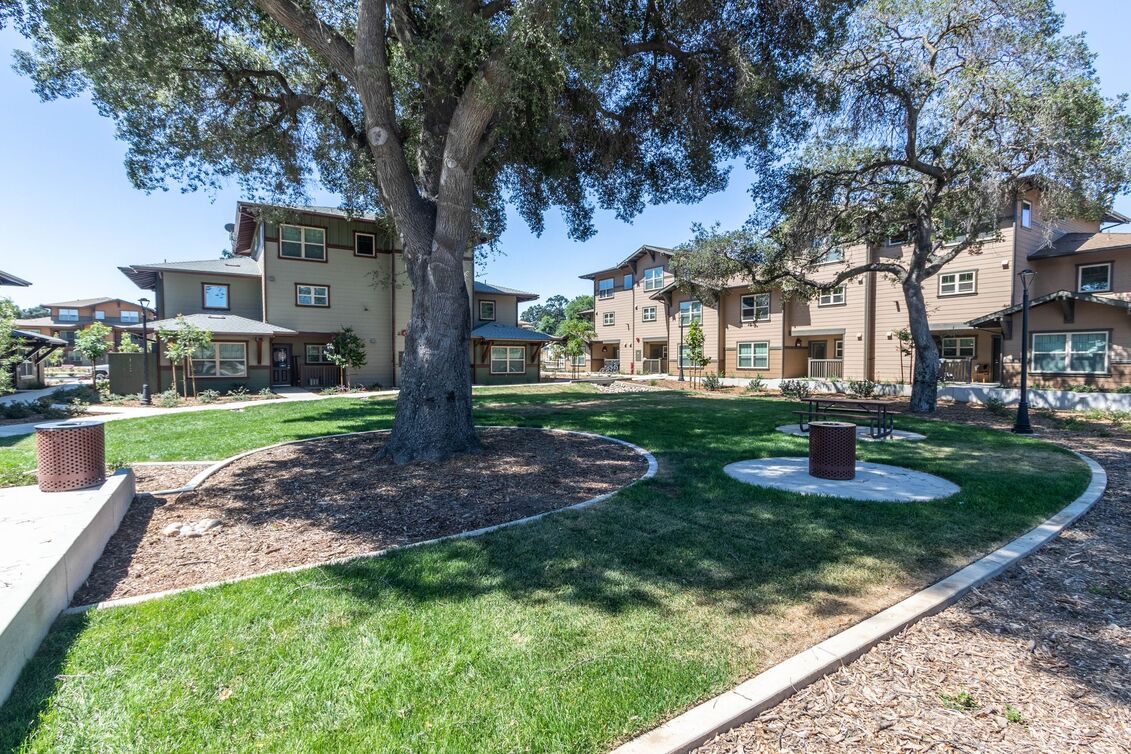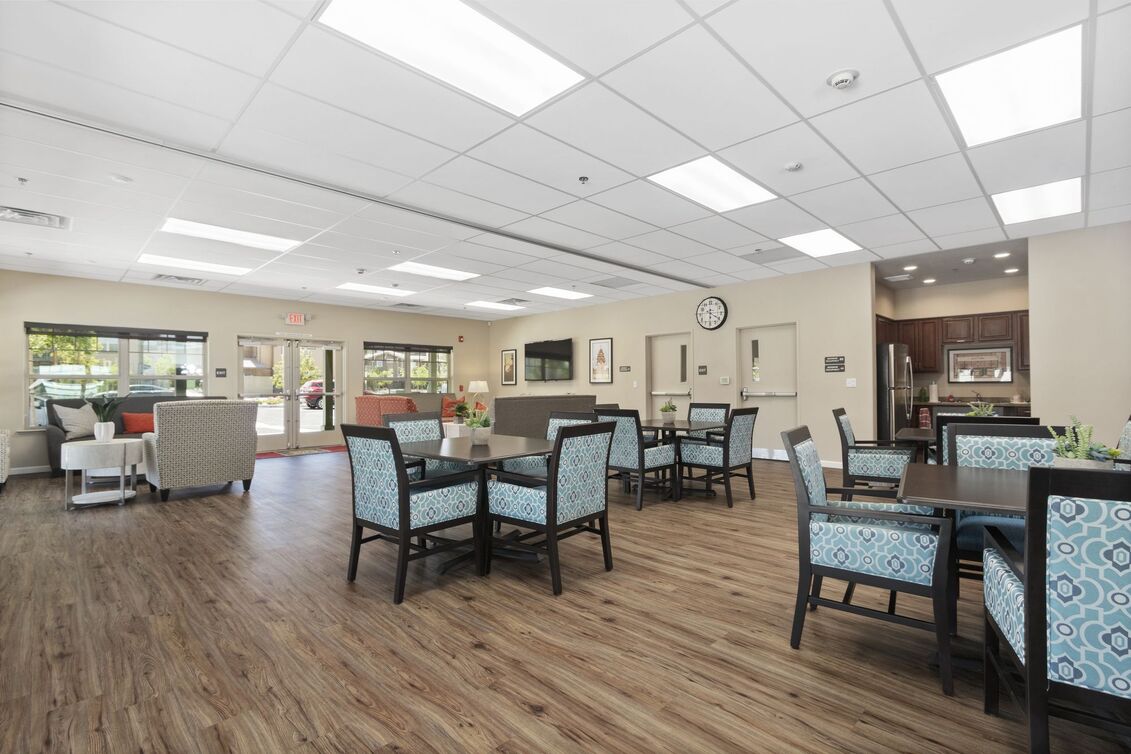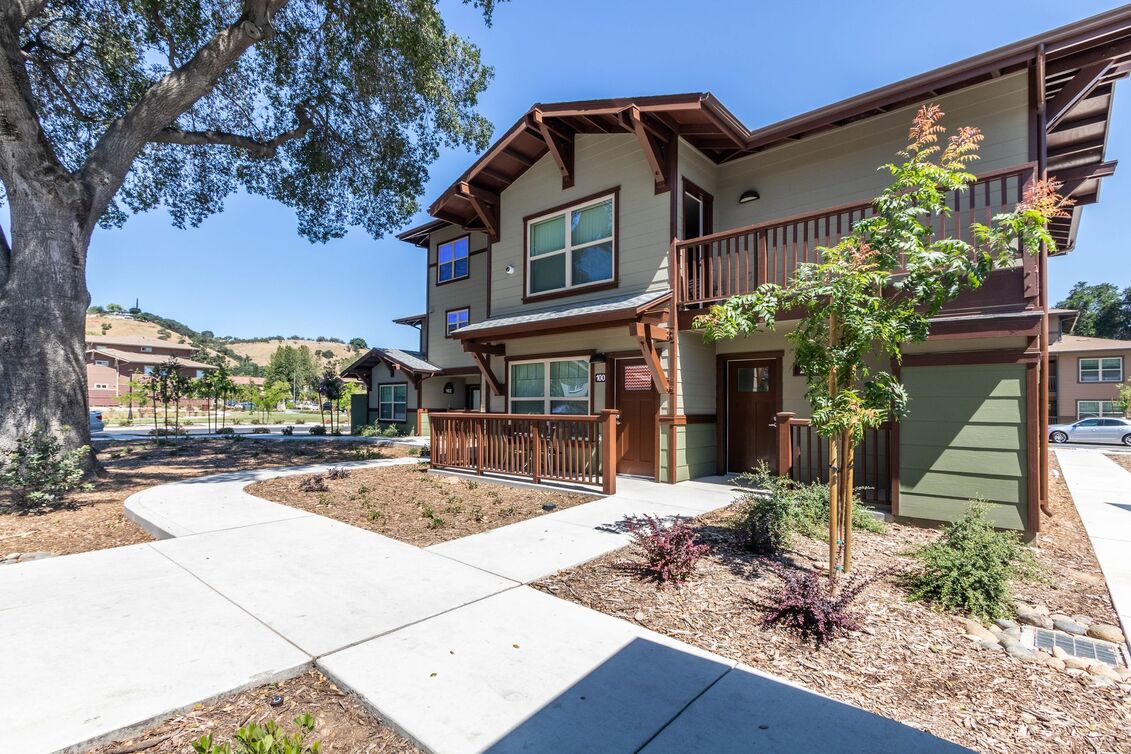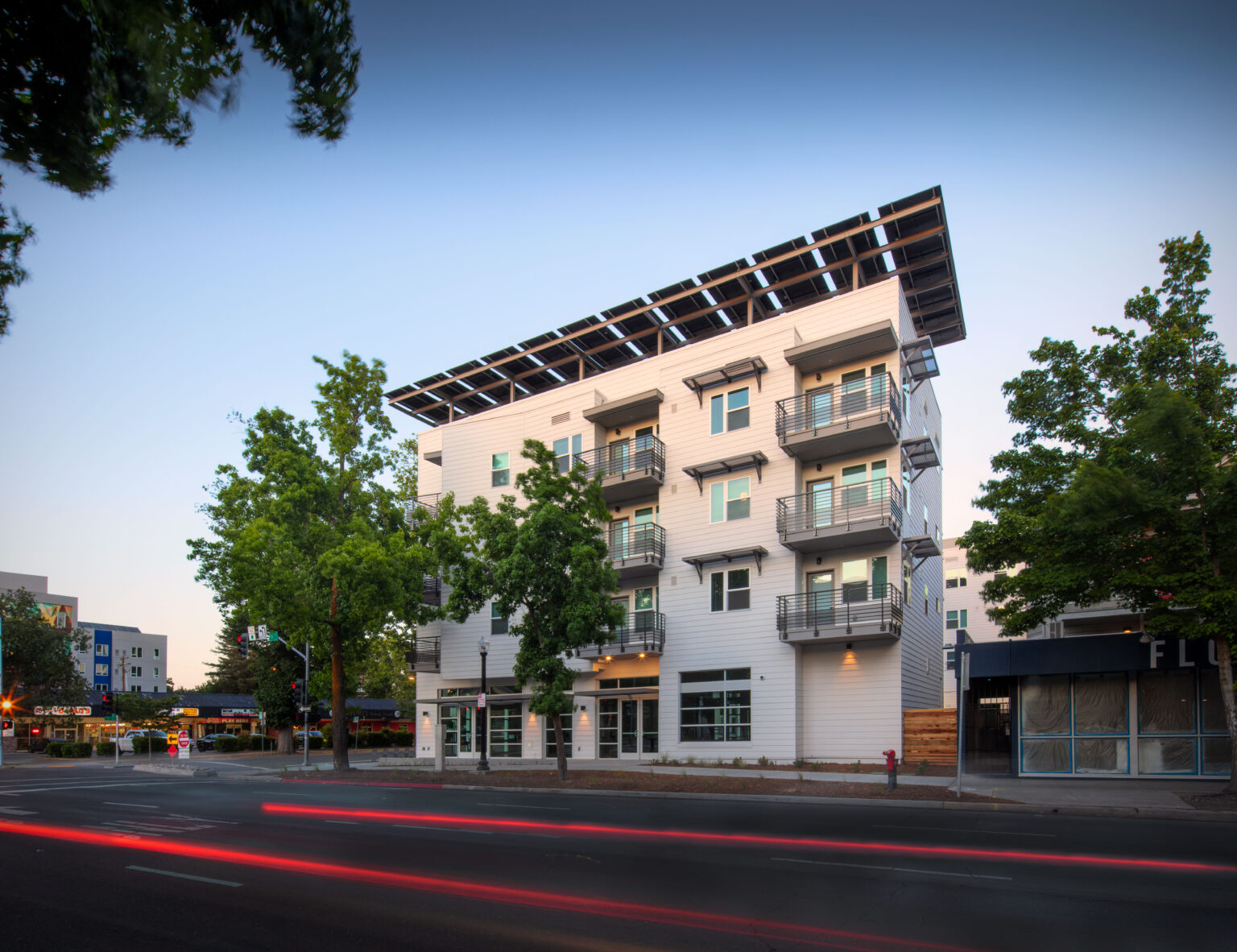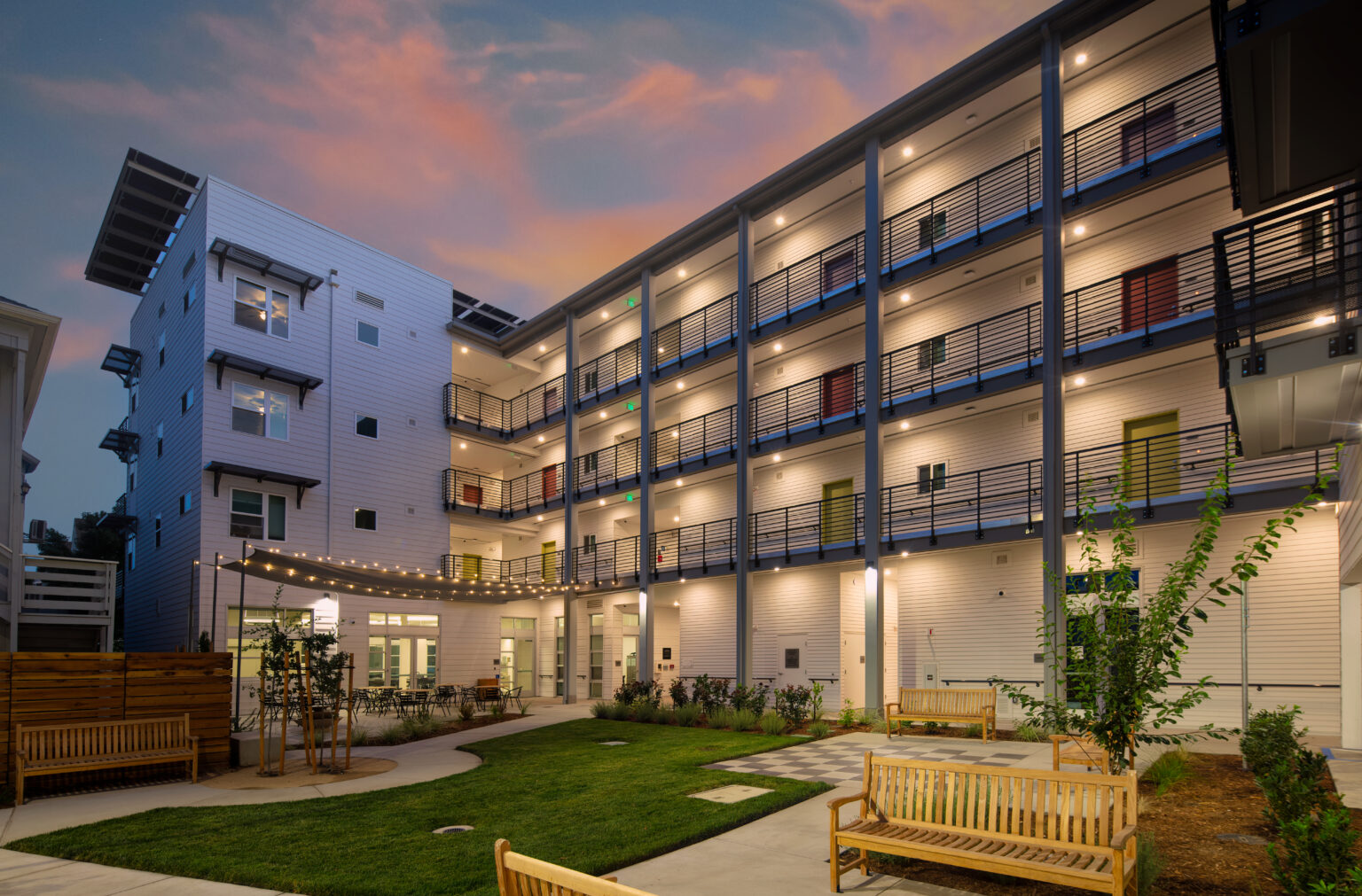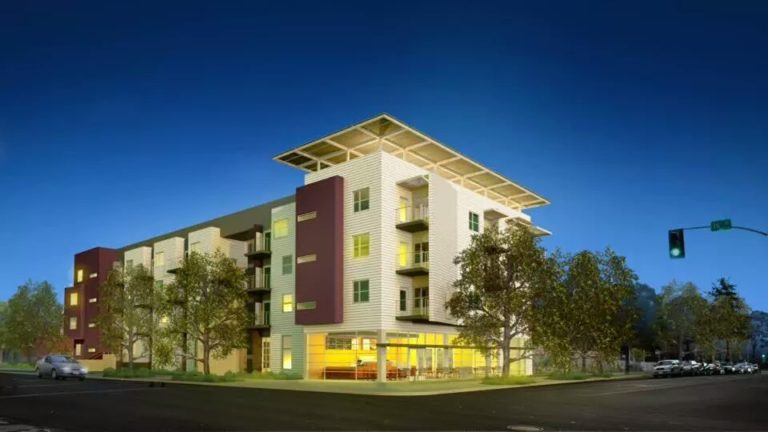Being a developer isn’t easy. The vision, implementation, construction, and closeout are all up to you. While the bulk of these phases would be too much to cover in a single series, we decided to tackle one commonly overlooked element in state regulations: energy codes. In this article, we cover the importance of including smart energy planning in your proforma, and how it can drive a better yield from your project
This is the first post in our continuing series dedicated to energy planning in development projects in California. We hope to shed light on a few valuable points that will drive a healthy ROI while complying with every aspect of the provisions that help make California a sustainable state.
Follow the shortcuts to read more about this key topic:
Part 1 – The Importance of Smart Energy Planning for California Development Projects
Part 2 – The Impact of California Energy Code on Your Development Project’s Budget
Part 3 – 10 Features Developers Need to Know About California Energy Code
Part 4 – Can High-Performance Design Improve ROI on Commercial Developments in California?
Part 5 – Best Practices for Sustainable Development Projects in California
Part 6 – Boosting the Value of Mixed-Use Developments with Proper Energy Planning
Product yield and development strategy
In its simplest form, there are two basic yields from a development project: the time-honored built to sell, and income properties. If someone else is going to be managing your property, as in the former yield, then you have your demographic-driven expectations and brand recognition to consider when choosing the right energy plan for your project. If the end product will remain in your hands as a long-term asset, then energy ought to be something you consider quite seriously to optimize your economic model five, ten, or twenty years down the line.
Energy plan parameters
There is quite a bit of space between implementing the barebone framework of efficient energy systems in order to skim under state regulations and creating a value-oriented, cutting-edge structure. Allowing for integrated systems that control heating, cooling, water, and electrical systems are great methods to increase efficiency and value without breaking the bank. Their implementation will most likely raise one-time hard costs, but lower recurring maintenance and repair fees for good. Decide on which method suits your development mission the best.
The impact of energy planning on your vision
Take into consideration your ideal return strategy and create an energy plan including the most cost and value efficient energy solutions available. Identify the associated energy certification requirements and balance this with your current economic model. This will not only save time in creating an effective roadmap, it will also save money in the long run.
Energy planning should be incorporated from the very beginning. That is to say, the initial drawings, drafts and sketches cannot be done without taking into consideration energy usage and sustainability options; this is a requirement established by the state of California. In order to optimize your vision from the very start, these concepts need to be decided upon during the pre-design phase as to avoid costly redesigns. This has a direct impact on both your hard and soft costs.
Additionally, if your project is long-term, management becomes exponentially more efficient when there is a plan from the very start. In this case, your ROI needs to include the operation costs, and you want to keep that number relatively low and steady for a long time.
Mapping out your energy plan
The best way to ensure that the energy planning is efficient and cost-effective is to include it in your development roadmap – that is, the succession of steps and activities that are required to complete the project, and in the case of management, the daily, monthly and annual tasks required for operation.
A good roadmap will identify all necessary approvals and permits and the optimal path to overcome every hurdle – in this case, that means energy related issues. Knowing the order in which you will get your permits, the requirements for each of them, and the order of implementation will save your schedule several months down the line. Losing time because you have to go back and forth between county, state and federal agencies is a problem to be avoided at all costs, and may affect your bottom line.
In conclusion
Energy cost and management impacts your project’s ROI. A well thought out energy plan is an opportunity to strengthen the feasibility of each project you develop, so investing time and resources early on is in your best interest.






